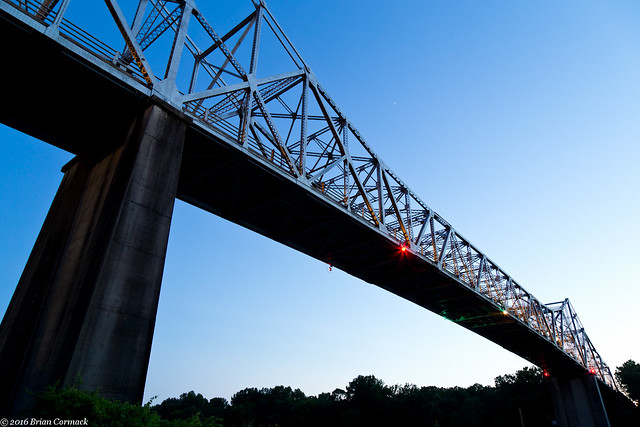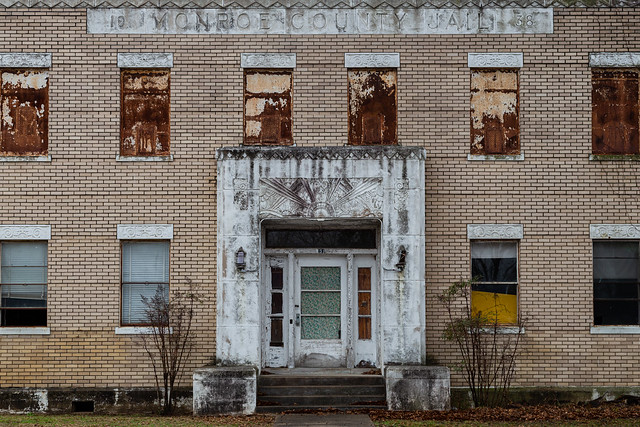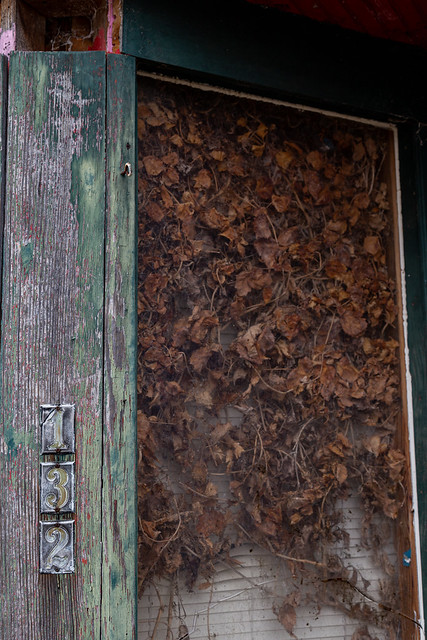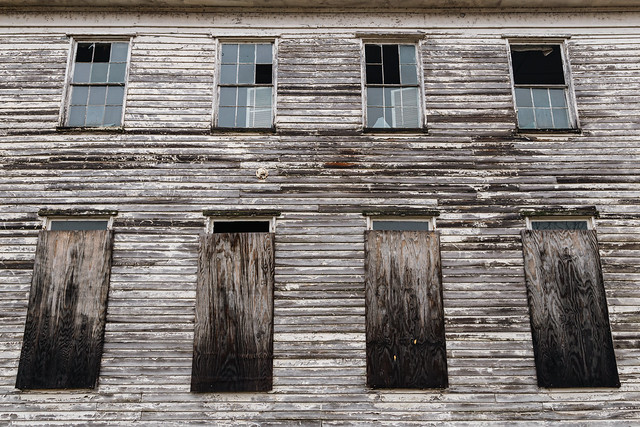French settlers moved into the area that would become Clarendon in 1799, building cabins near the spot where the Cache River flows into the White. The town grew in the 1820s when the Military Road (which was built to connect Little Rock and Memphis) was built through Clarendon. In 1828 a ferry crossing was established, along with the first post office. The town was officially incorporated in 1859, just in time for it to be an important location during the Civil War. The White River was a significant transportation artery during the war, and there were several fights and skirmishes that took place around the town. The fighting ultimately resulted in most of the town being burned in 1864, destroying most the buildings in the city.
After the war, Clarendon became a stop on the St. Louis Southwestern Railway (a rail bridge built in 1931 still sees rail traffic over the White River). The town became prosperous, seeing construction of a baseball factory, a box factory, and a button factory that produced buttons made from mussel shells that were found in the river. But Clarendon's location along the White River was costly, as it was the victim of several large floods. The Great Flood of 1927 broke through the levee in Clarendon, inundating the town under several feet of water.
The modern Delta economy hasn't been too kind on the town as well. In recent years, Clarendon has lost many of its historical buildings and structures. It was sad to drive into Clarendon to see the changes. Gone was the old Hwy. 79, which was built in 1931. It was replaced by a new and boring span. The old bridge was blown up in a blast of dynamite, and there is no trace that it was once there.

Also gone is the old Bondi Brothers Building, which stood by the courthouse and was built in 1904.

But there are still lots of historic buildings that are still standing in Clarendon. Including the old Midland Station, a rail depot that was built in 1912 for the Arkansas Midland Railroad (which once ran between Little Rock and Helena). The station has been added to the National Register of Historic Places, although it looks like it's mostly abandoned now.

Next to the courthouse is the old Monroe County Jail, which was built in 1938. It also looks like its abandoned, or maybe just used for storage. I'd love to be able to get inside to take pictures.

One of the most prominent buildings in Clarendon is the Monroe County Courthouse. It was built in 1911 in the Italian Renaissance Revival style, and it easily ranks as one of the prettiest courthouses in Arkansas. During the Great Flood of 1927, the citizens of Clarendon took shelter in the upper floors of the courthouse. The flood waters were so deep that rescue workers floated boats through the hallways on the first floor.

The buildings across the street from the courthouse are all mostly abandoned, and unfortunately seem to be in rough shape.




Just a few blocks away is the old Cumberland Presbyterian Church, which was built in 1869 and was one of the first churches to rebuild in Clarendon after the town was burned during the Civil War. The church was in use until the 1920s, when it was taken over by the Masonic Lodge. It was used for meetings and as a community meeting center and as a library. In the 1960s it was almost demolished, but ended up being donated to the Boy Scouts. Not sure if the Boy Scouts are taking care of it still, since it doesn't seem like it's been looked after in awhile.




No comments:
Post a Comment